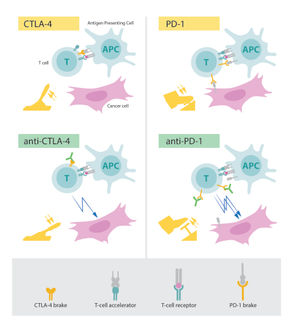JAMA Article Underscores Risk in Delaying Osteoporosis Diagnosis and Treament
Advertisement
An article published today in the Journal of the American Medical Association (JAMA) reveals that one in five women with postmenopausal osteoporosis who have suffered a vertebral (spinal) fracture, the most common type of fracture in people with osteoporosis, will suffer another vertebral fracture within a year.
The women were enrolled in the control groups of four large clinical studies evaluating the therapeutic benefit of the osteoporosis medication risedronate (Actonel®). The women in the control groups received only supplemental calcium and if needed, vitamin D.
Because bone loss occurs slowly over time and a person may not feel its effects, osteoporosis often goes undetected until a woman has suffered one or more fractures, increasing her risk of future fractures," said the study's lead author, Robert Lindsay, M.D., Ph.D., chief, internal medicine, Helen Hayes Hospital, New York, and Department of Medicine, College of Physicians and Surgeons, Columbia University, New York. The data showed that after some women suffer a vertebral fracture, there may be a fracture "cascade," or domino effect. In light of these findings, osteoporosis therapies that rapidly reduce vertebral fracture risk are important, according to Dr. Lindsay.
"These findings challenge the current tendency to diagnose and treat osteoporosis only after a fracture has occurred. They demonstrate the need for osteoporosis treatments that work quickly to reduce fracture risk," Dr. Lindsay added.
Fortunately, other data from these studies have shown that therapeutic intervention with risedronate can help reduce the risk of vertebral fractures in as soon as one year. These results were previously published in JAMA1. In the studies, risedronate reduced the incidence of vertebral fracture by up to 65 percent in just one year, compared with women in the control groups taking just supplemental calcium and vitamin D. About 1 in 16 patients in the control group fractured during the first year, compared with 1 in 42 in the treatment group. Risedronate is the only therapy that has been shown to reduce the incidence of vertebral fractures in the first year of treatment.
























































